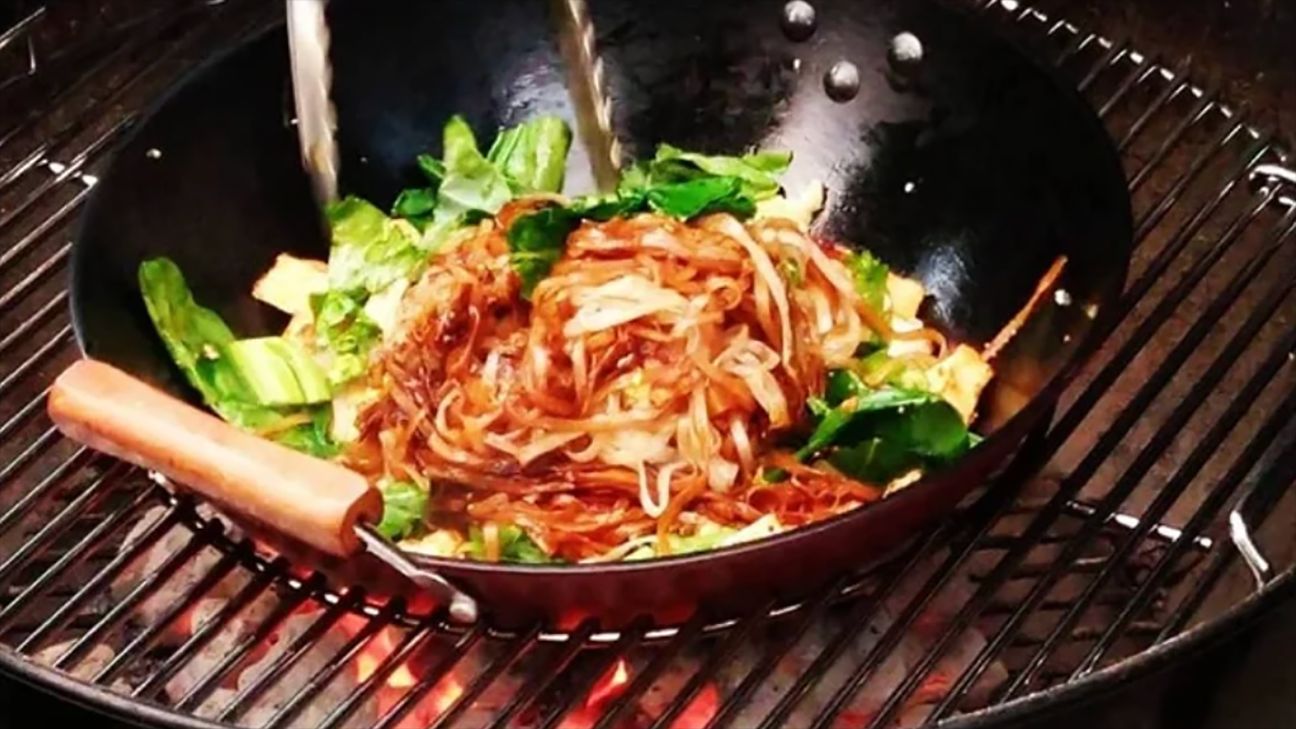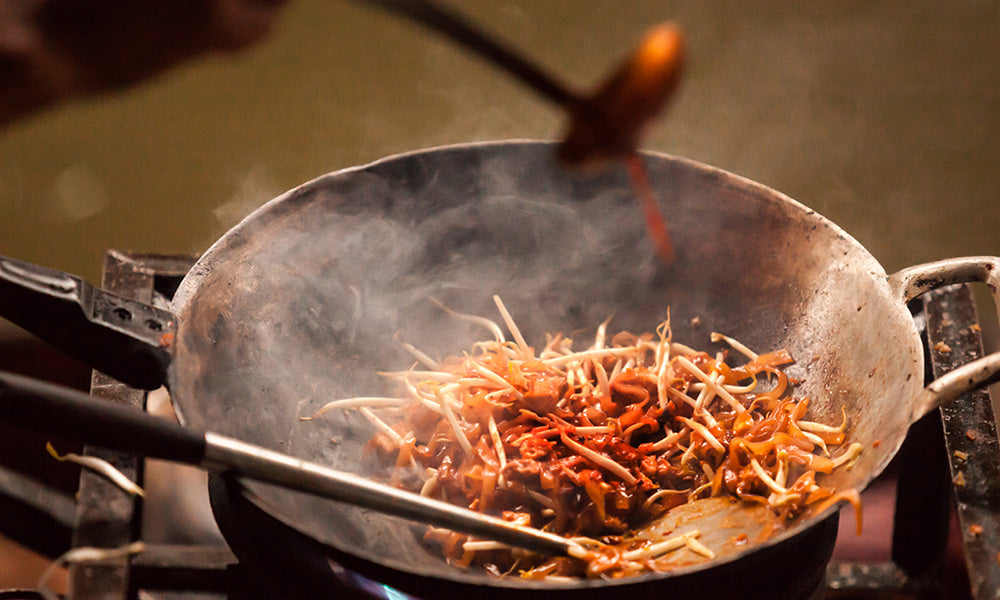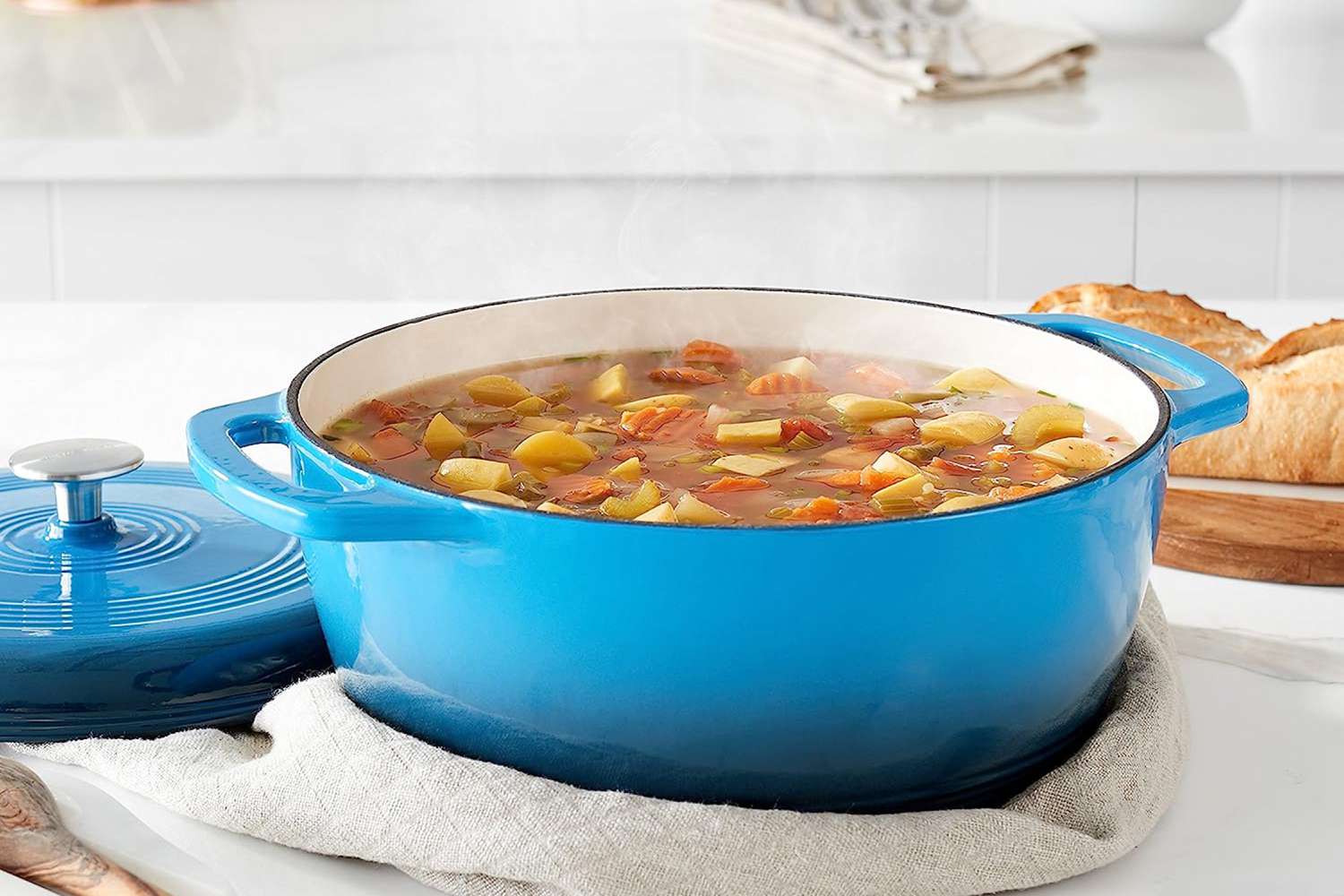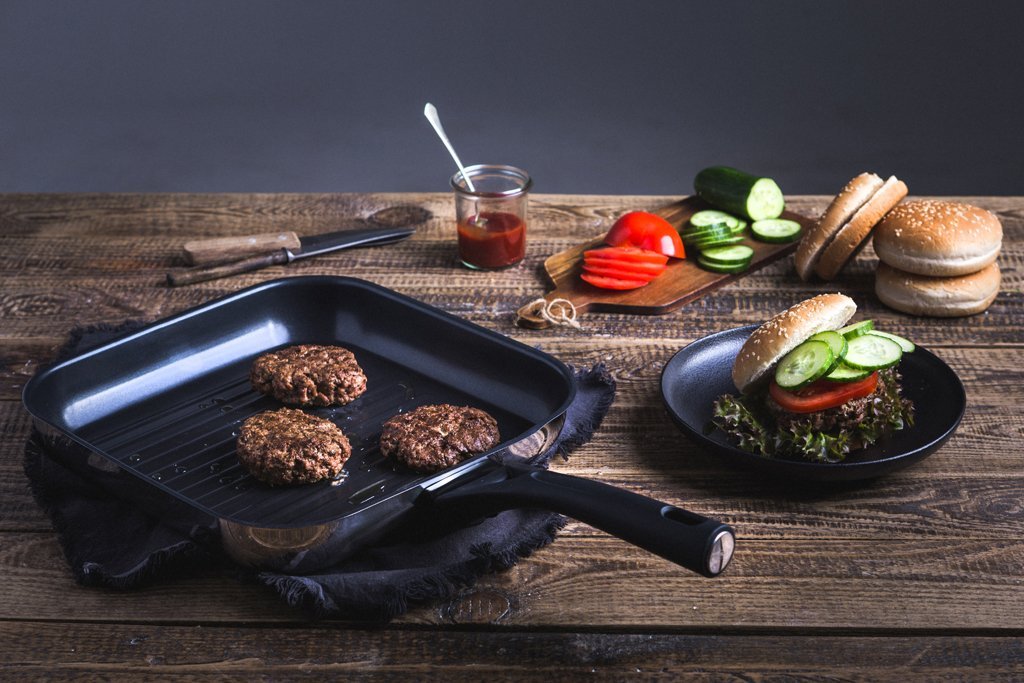If you are a kitchen professional, you know that a **wok burner** is not just any cooking appliance; it's a fundamental part of achieving the intense heat required for stir-frying. Many chefs often ask, '**how hot is a wok burner**,' seeking to understand the degrees necessary for optimal cooking results. With the right **temperature**, a wok can transform a simple dish into something exceptional, but understanding those heat levels is essential for achieving the best performance.
In this article, we will explore the **heat capacity** of wok burners, their applications, and tips for using them effectively in a professional kitchen. Each section will delve into various aspects of wok cooking, providing you with valuable knowledge that can enhance your culinary techniques.

Understanding Wok Burners
Wok burners are designed specifically to cook food in a wok. They tend to emit higher **BTU (British Thermal Unit)** ratings than traditional burners, making them essential for high-heat **cooking techniques**. A typical commercial wok burner can reach temperatures ranging from 20,000 to a staggering 140,000 BTUs!
This high heat allows chefs to execute the quick cooking methods that woks are known for, such as stir-frying, searing, and deep-frying. This matches the iconic cooking method where food is tossed quickly with minimal fats, preserving the texture, flavor, and nutrients.

Temperature Range of Wok Burners
So, just how hot is a wok burner? Most high-performance wok burners can heat up to **700-1000 degrees Fahrenheit** (370-540 degrees Celsius) quite rapidly. This quick temperature rise is critical for achieving the 'wok hei,' the charred aroma resulting from cooking over very high heat.
This intense heat also enables techniques such as:
- Stir-frying: Cooking food quickly while retaining its colors, textures, and flavors.
- Wok steaming: Utilizing steam to cook food while keeping it moist.
- Deep-frying: Quickly immersing food in hot oil, producing a crispy exterior.

Heat Distribution in Wok Cooking
Another critical factor that kitchen professionals must consider is how heat is distributed across the wok. Unlike flat pans, woks have a **curved bottom**, promoting efficient heat circulation. When using a wok burner, a properly seasoned wok can create a hot cooking zone while maintaining cooler zones for delicate ingredients.
This unique characteristic allows chefs to:
- Quickly sear meat on high heat while cooking vegetables at a lower temperature.
- Utilize the heat from the sides of the wok to keep food warm without overcooking.

Choosing the Right Wok for Your Burner
Not all woks are created equal, especially when it comes to matching them with the right burner. The material, shape, and size of the wok play crucial roles in determining how well the wok can conduct heat.
Materials such as carbon steel are preferred among professionals because they can withstand high temperatures and distribute heat evenly.
Shape is also essential; a round-bottomed wok is ideal for traditional heating as it centers heat more effectively, while a flat-bottomed wok may be better suited for modern cooktops.
Kitchen professionals should also consider the weight of the wok. Heavier woks hold heat well but might be difficult to handle. Lighter woks heat up quickly but can be more challenging to control.
Optimal Cooking Techniques on Wok Burners
Utilizing a wok burner to its full potential involves understanding specific cooking techniques that benefit from high heat:
- Preheating: Always preheat your wok to ensure even cooking.
- Choosing the Right Oils: Use oils with a high smoke point like canola or peanut oil to prevent burning.
- Batch Cooking: Avoid overcrowding to maintain high temperatures.
Maintaining these practices can enhance **flavor** and achieve that elusive wok hei in every dish.
Common Mistakes When Using Wok Burners
Even experienced professionals can fall victim to certain common errors when cooking with wok burners. Awareness of these mistakes can significantly improve your cooking efficiency:
- Attempting to cook without adequate preheating: This can lead to soggy food.
- Using too much oil: This can create a greasy dish and overpower delicate flavors.
- Overloading the wok: This inhibits heat circulation and causes uneven cooking.
Avoiding these mistakes can lead to greater success in wok cooking.
Cleaning and Maintaining Your Wok
Proper maintenance is key for achieving longevity and performance from your wok. Regular cleaning after cooking is essential:
- Clean with water and a soft scrubber to prevent scratching.
- Season your wok periodically with oil to maintain a non-stick surface.
- Store in a dry place to avoid rusting.
For a more detailed guide, check out this article on how to condition a wok.
FAQs
What is the ideal temperature for stir-frying in a wok?
The ideal temperature for stir-frying in a wok is typically around 600 to 700 degrees Fahrenheit (315 to 370 degrees Celsius).
Can you use a flat-bottomed wok on a wok burner?
Yes, you can use it, but a round-bottomed wok tends to yield better results as it allows for more effective heat distribution.
How long does a wok burner take to heat up?
Wok burners heat up very quickly, generally within 3 to 5 minutes, depending on the specific BTU rating.
As an Amazon Associate, I earn from qualifying purchases.






Leave a comment
This site is protected by hCaptcha and the hCaptcha Privacy Policy and Terms of Service apply.